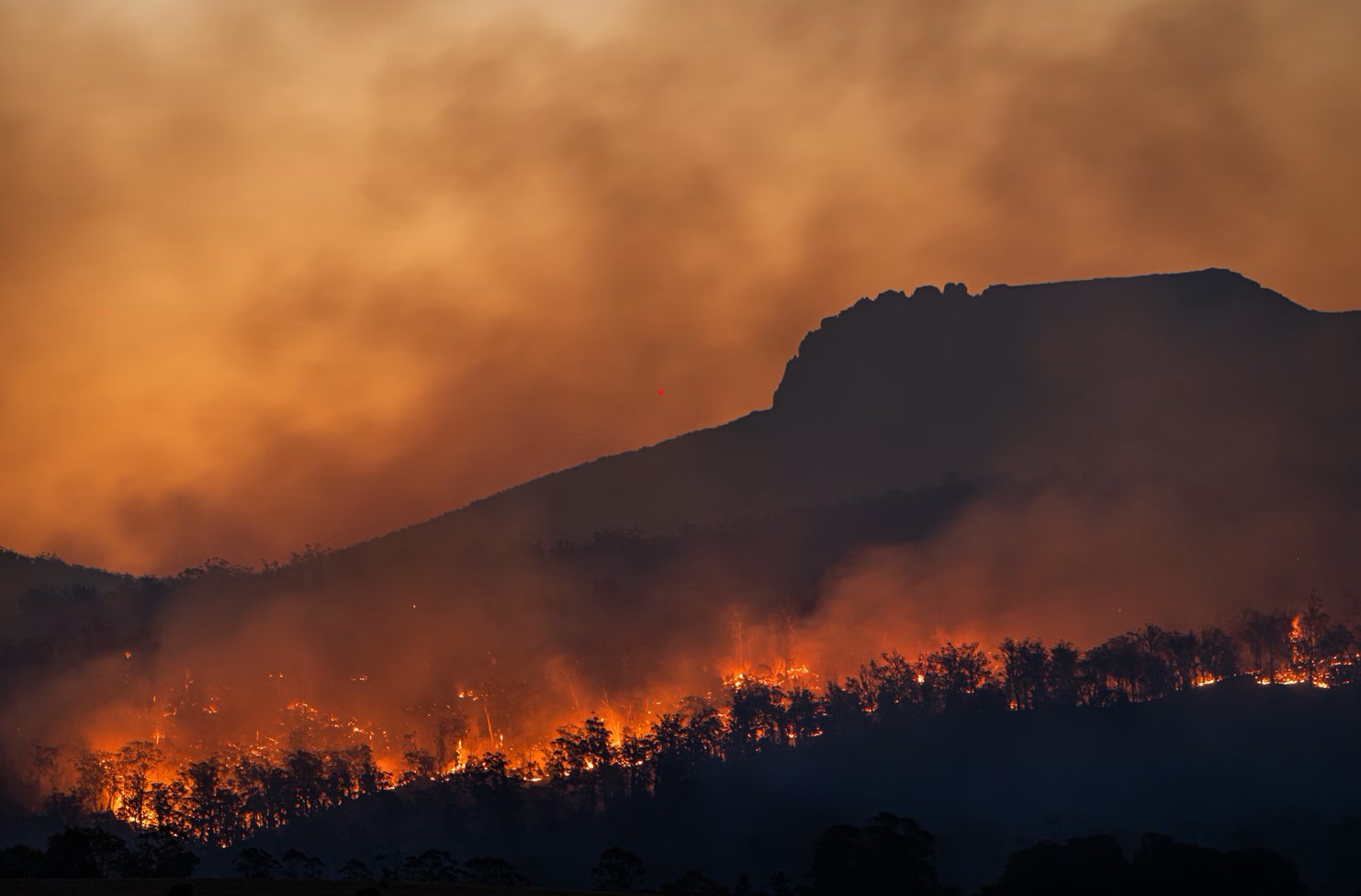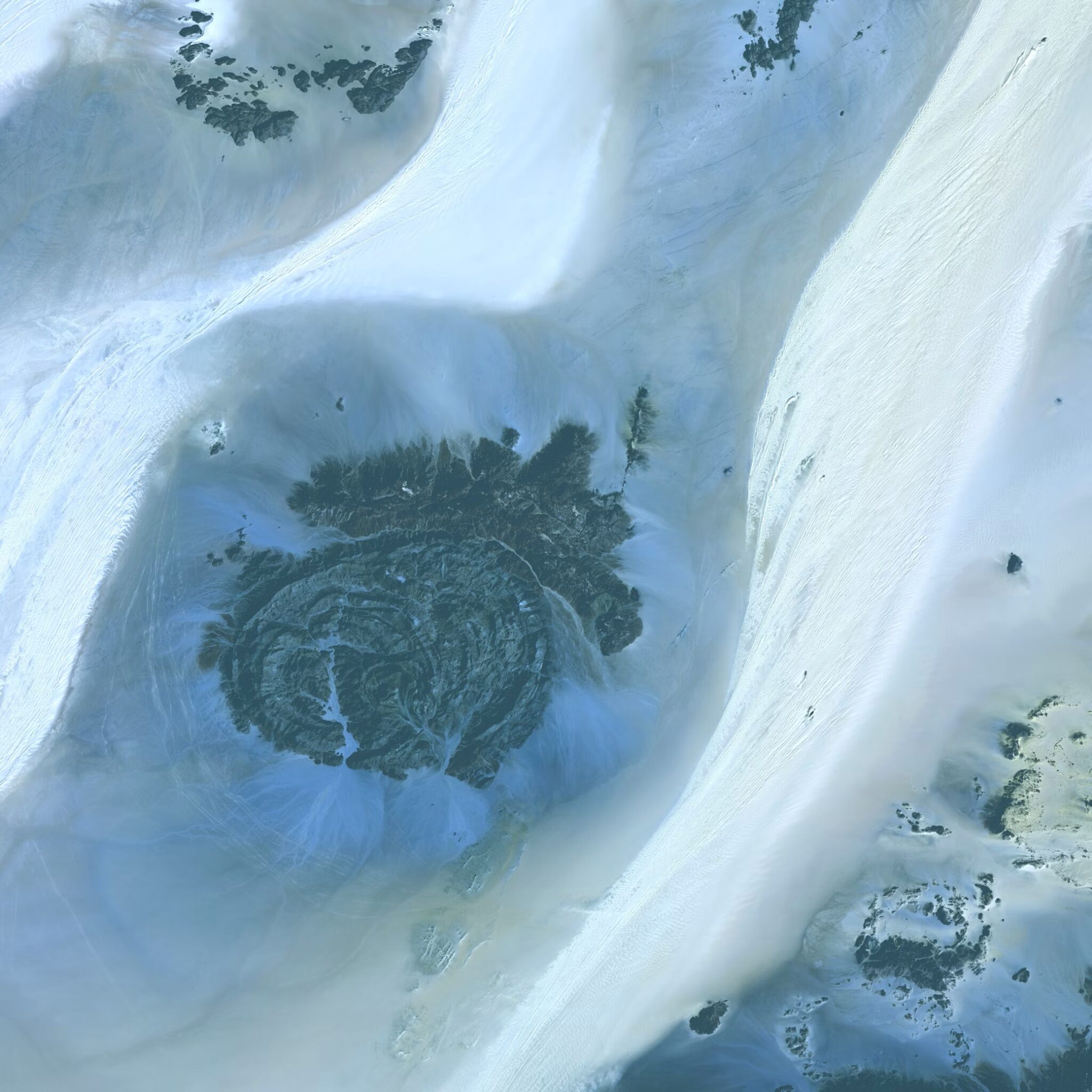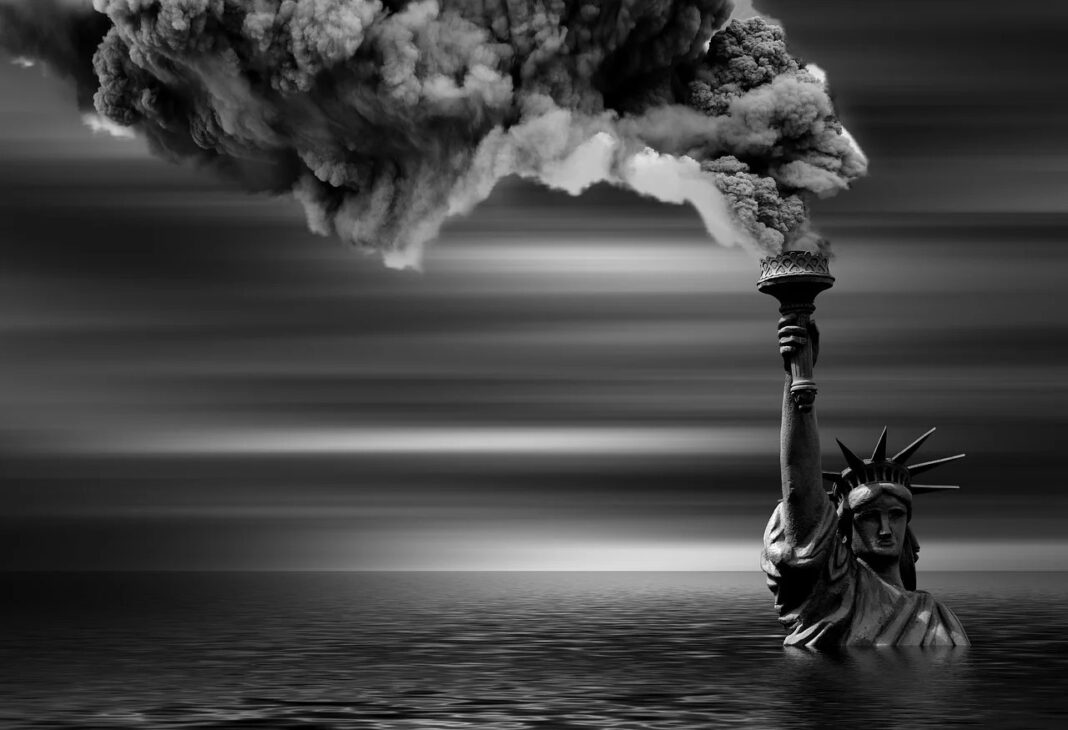Climate change has become one of the most pressing issues worldwide affecting ecosystems, economies, and public health on an unprecedented scale. The 2004 box-office hit, The Day After Tomorrow directed by Roland Emmerich successfully managed to dispense the subject of climate change into the mainstream cultural conversation.
The classic disaster flick opens with the US leaders conveniently dismissing scientific findings about the loss of a huge chunk of Antarctic ice shelf which sets off a series of freak events, culminating in a global catastrophe that immerses the entire northern hemisphere into a new ice age. While the film itself is peppered with dramatic visuals, absurd timelines, and bursts of chauvinism with its cultural impact on people’s perception of global climate, it feels closer to our reality in 2025 than it did back in 2004.
The Day After Tomorrow mainly follows the story of its own American NOAA paleoclimatologist, Jack (Dennis Quaid) with his sulky math-genius teenage son, Sam (Jack Gyllenhaal), a senior student in West Virginia. He joins his classmates as a team to attend an academic decathlon at the Grand Central Terminal and MetLife Building in New York City.
As a massive storm and tsunami hammers the entire city, Sam and his friends take shelter in the New York Library where they are stranded and have no choice but to survive on chocolate bars from vending machines and heat from the books they burn in the library fireplace. Meanwhile, Jack advises Sam and his friends to stay put as he sets forth a painstaking journey to rescue his son amidst a deadly ice age.

The film offered an eccentric representation of climate change. According to Yale Climate Connections, it garnered massive environmental and political attention and drew in a wide range of public reviews and commentary following its release on Memorial Day weekend. Additionally, it shaped public opinion on climate change and had an outsized impact on raising awareness.
Unlike scientific publications and government policy papers, box-office smashers have the potential to reach mass audiences, often sparking discussions and debates regarding complex issues like global warming/climate change. The Day After Tomorrow did exactly that by showcasing extreme weather events on a global scale.
However, the film also blurred lines between science and fiction leading to some misconceptions regarding the actual risks of climate change. Despite overblown timelines of climate events, it served as a wake-up call for most viewers, introducing them to scientific concepts like AMOC and the consequences of abrupt climatic shifts. Scientists and environmentalists, alike, acknowledged that the film’s effective role in raising tremendous awareness compared to other media sources overshadowed the lack of scientific accuracy.
One of the most prominent concepts introduced to the viewers was The Atlantic Meridional Overturning Circulation (AMOC). AMOC, being an essential component of Earth’s climate system, regulates Earth’s climate by distributing hot water from the tropics to the North Atlantic. Today, scientists have expressed concerns that the current global warming could cripple or completely block this circulation causing abrupt climate changes worldwide.
The film’s accurate depiction of AMOC’s role in climate change, however, did not stop Emmerich from taking considerable artistic liberties with the events in the climate timeline. The Day After Tomorrow mirrors his signature style; blending large-scale destruction with human-centered narratives. According to the Potsdam Institute for Climate Impact Research (PIK), a collapse of AMOC in reality would take decades or centuries rather than days and would not result in an immediate development of a new ice age.
The ongoing gradual weakening of AMOC could lead to a more toned down yet lethal outcome such as rising sea levels in the North Atlantic region and changes in weather patterns across the globe, mainly in the European and African continents.
Similarly, the film’s characterization of chaos and destruction on a colossal scale with gusts of machismo exaggerates the emotional impact of the evolving climate change. Emmerich’s typical direction ridiculously amplifies the consequences of major climate events depicted in the film from hurricanes and tsunamis to a new ice age altogether! The idea of a global superstorm causing a rapid decline in temperatures at a freezing level is scientifically impossible to begin with!

At the same time, recent weather events from 2022 Floods in Pakistan to Hurricane Helene in 2024 and wildfires in LA in 2025 are becoming more extreme and frequent so we cannot completely undermine the exaggerations associated with the consequences of climate change. Nonetheless, as reported by Business Insider, the gravity and frequency of the ongoing extreme weather events caused by climate change cannot be compared to the film’s elaborate and unrealistic depiction of this phenomenon.
As far as public perception and scientific critique are concerned, the film gained mixed reviews. While many praised Emmerich’s heart-touching portrayal of human resilience in the face of global-scale threats and havoc, others heavily criticized the film for its bizarre representation of science.
Potsdam Institute claims that the film distorts complex climate processes which present a cataclysmic situation that could lead to misinformation amongst the viewers. On the contrary, Yale Climate Connections accounts for the film as an insightful experience for non-scientific audiences, even influencing some to learn the science behind climate change.
Conventionally, the film harbors the ability to connect with audiences on a sentimental level because within it lies the power of storytelling via climate journalism. Moreover, the Public Library of Science posted a study highlighting the significance of engaging the public through media platforms to be educated on complex issues like climate change. Climate communicators of tomorrow need to steer in the right direction today by enforcing emotive engagement in the public while keeping scientific integrity intact.
Personally, the film’s absurd portrayal of climate change is more relevant today. After all, we live in the age of ecological surrealism – one that refers to the climate crisis at hand delineates the collision between humanity and nature, and urges the world to question and reflect on innovative approaches that can help implement a solution.
Climate change is not an individual’s fault rather it is a byproduct of collective negligence and inaction, as a species, which has brought us to a standstill today. To reverse it, we need collective action and attention. We must not let today alter our tomorrow. Today cannot be The Day After Tomorrow.
References:
Aylin Woodward. (2019, March 25). What “Day After Tomorrow” got right and wrong about climate shifts – Business Insider. Business Insider; Business Insider. https://www.businessinsider.com/day-after-tomorrow-was-right-and-wrong-about-climate-shifts-2019-3
Burlaza, A. D. (2023, August 29). “The Day After Tomorrow” Changed How We See This Key Issue. Collider. https://collider.com/the-day-after-tomorrow-climate-change/
Collee, L. (2024, June 4). The Day After Tomorrow at 20: a strangely prescient ecological warning. The Guardian. https://www.theguardian.com/film/article/2024/jun/05/the-day-after-tomorrow-20-year-anniversary-where-to-watch-streaming
Rahmstorf, S. (n.d.). The film “The Day After Tomorrow” – comments by climatologist Stefan Rahmstorf. Www.pik-Potsdam.de. https://www.pik-potsdam.de/~stefan/tdat_review.html
Shakoor Hajat. (2004). The Day After Tomorrow. BMJ: British Medical Journal, 328(7451), 1323. https://pmc.ncbi.nlm.nih.gov/articles/PMC420188/
Svoboda, M. (2024, May 24). The enduring influence of “The Day After Tomorrow,” 20 years later» Yale Climate Connections. Yale Climate Connections. https://yaleclimateconnections.org/2024/05/the-enduring-influence-of-the-day-after-tomorrow-20-years-later/
More from the Author: Sands of Time— Denis Villeneuve’s Dune, Part One Redefines Epic Sci-Fi

Zainab Rahim Dar is a Biotechnology student at FC College, Lahore. She’s passionate about science’s convoluted and chaotic aspects, especially how science is evolving due to the AI revolution. She believes science is a vast field that can no longer be confined to the parameters of medicine and engineering. Besides, she cannot fathom living life without film/TV, novels, and theatre.

